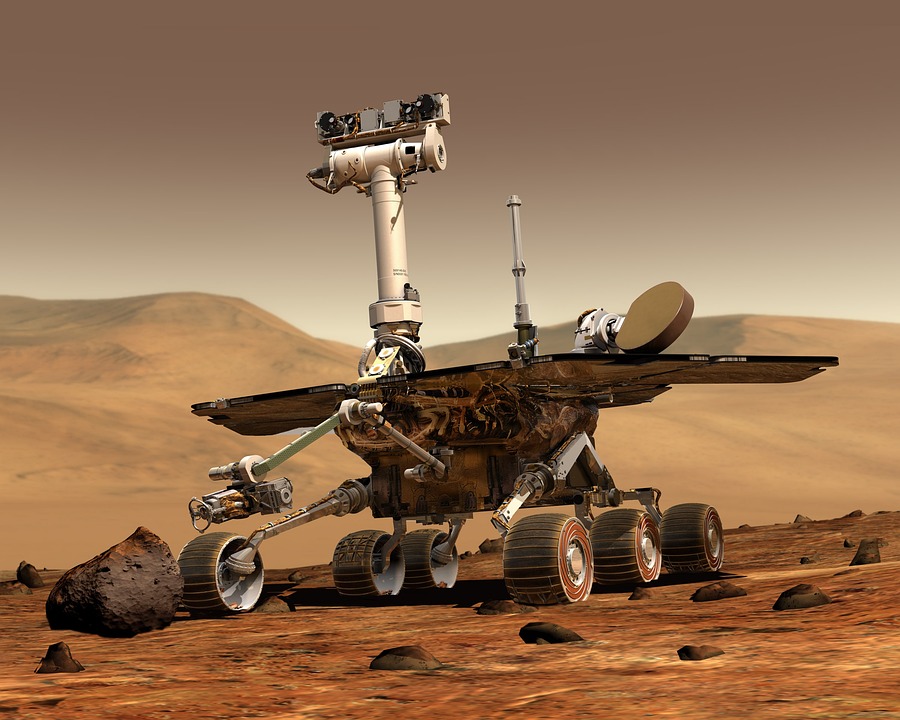
Autonomous robots are robotic systems capable of performing tasks and making decisions independently without the need for human intervention. They are increasingly being used in various real-world applications, such as manufacturing, healthcare, and agriculture, among others. However, designing autonomous robots for real-world applications presents several challenges that need to be addressed for their successful deployment. In this essay, we will discuss some of the major challenges in designing autonomous robots for real-world applications and possible solutions to these challenges.
Perception and Sensing:
Perception and sensing are critical for autonomous robots as they enable them to sense and interpret their environment. Perception involves the use of sensors such as cameras, LIDAR, sonar, and other sensors to capture the environment’s data, while sensing involves processing the data to identify and track objects, obstacles, and other relevant information. However, several challenges limit the perception and sensing capabilities of autonomous robots.
One significant challenge is the robustness of the sensors used in autonomous robots. Sensors can be affected by various environmental factors such as weather, lighting, and noise, which can lead to inaccurate readings. To address this challenge, researchers are exploring new sensor technologies that are more robust and reliable. For example, researchers are developing sensors that can detect and filter out noise and other disturbances to provide accurate readings.
Another challenge is the processing power needed to analyze and interpret the data captured by the sensors. As the number of sensors used in autonomous robots increases, the processing power required also increases. This challenge can be addressed by developing more powerful processors and algorithms that can efficiently analyze and interpret the sensor data.
Navigation:
Navigation is another critical aspect of autonomous robots as it enables them to move around and complete tasks. Navigation involves determining the robot’s position and orientation, planning a path to the target location, and executing the path while avoiding obstacles. However, several challenges limit the navigation capabilities of autonomous robots.
One major challenge is the accuracy of the robot’s localization system. The localization system determines the robot’s position and orientation relative to its environment. However, localization systems can be affected by various factors such as sensor noise and environmental changes, which can lead to errors in the robot’s position and orientation. To address this challenge, researchers are exploring new localization technologies such as simultaneous localization and mapping (SLAM), which can provide more accurate localization results.
Another challenge is path planning. Path planning involves determining the optimal path for the robot to follow to reach its target location while avoiding obstacles. However, path planning can be challenging, especially in dynamic environments where obstacles can move unpredictably. To address this challenge, researchers are developing path planning algorithms that can adapt to changes in the environment and avoid obstacles more effectively.
Decision Making:
Decision making is a critical aspect of autonomous robots as it enables them to make informed decisions based on the environment’s data and their programmed objectives. However, several challenges limit the decision-making capabilities of autonomous robots.
One major challenge is the complexity of the decision-making process. Autonomous robots must consider multiple factors such as the environment’s data, the robot’s capabilities, and its programmed objectives to make informed decisions. To address this challenge, researchers are developing more advanced decision-making algorithms that can handle complex decision-making tasks more effectively.
Another challenge is the need for ethical decision making. Autonomous robots are increasingly being used in applications where ethical considerations are important, such as healthcare and law enforcement. However, ethical decision making can be challenging for autonomous robots, as it requires an understanding of moral principles and values. To address this challenge, researchers are exploring ways to incorporate ethical considerations into the decision-making process of autonomous robots.
Robustness and Safety:
Robustness and safety are critical aspects of autonomous robots as they ensure that the robot can operate reliably and safely in various environments. However, several challenges limit the robustness and safety of autonomous robots.
One major challenge is the reliability of the robot’s hardware and software components. Autonomous robots can be affected by various factors such as hardware failures, software bugs, and cyber-attacks, which can compromise their reliability and safety. To address this challenge, researchers are exploring ways to design more robust and resilient robot hardware and software components, such as fault-tolerant systems and cybersecurity measures.
Another challenge is the need for safe interaction between autonomous robots and humans. Autonomous robots are increasingly being used in applications where they interact with humans, such as healthcare and education. However, safe interaction can be challenging, as humans can be unpredictable and difficult to anticipate. To address this challenge, researchers are exploring ways to design safe and intuitive human-robot interfaces that can facilitate safe interaction between robots and humans.
Adaptability and Scalability:
Adaptability and scalability are critical aspects of autonomous robots as they enable the robot to adapt to changing environments and tasks and scale up to handle more complex tasks. However, several challenges limit the adaptability and scalability of autonomous robots.
One major challenge is the need for flexible and modular robot architectures. Autonomous robots must be able to adapt to changing environments and tasks, which requires a flexible and modular robot architecture. To address this challenge, researchers are exploring ways to design robot architectures that can be easily reconfigured and adapted to changing requirements.
Another challenge is the need for interoperability between autonomous robots and other systems. Autonomous robots are increasingly being used in applications where they must interact with other systems such as cloud computing platforms and other robots. However, interoperability can be challenging, as different systems may use different protocols and standards. To address this challenge, researchers are exploring ways to design more interoperable robot systems that can seamlessly integrate with other systems.
In conclusion, designing autonomous robots for real-world applications presents several challenges that need to be addressed for their successful deployment. These challenges include perception and sensing, navigation, decision making, robustness and safety, and adaptability and scalability. Addressing these challenges requires a multidisciplinary approach that involves experts from various fields, including robotics, computer science, engineering, and ethics. By addressing these challenges, we can ensure that autonomous robots can operate effectively and safely in various real-world applications, and help address some of the world’s most pressing challenges.







